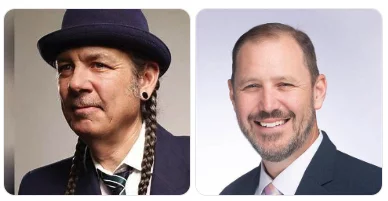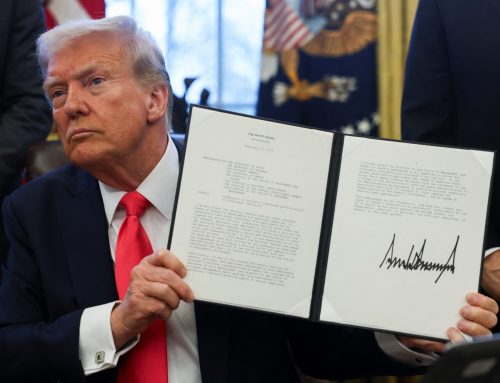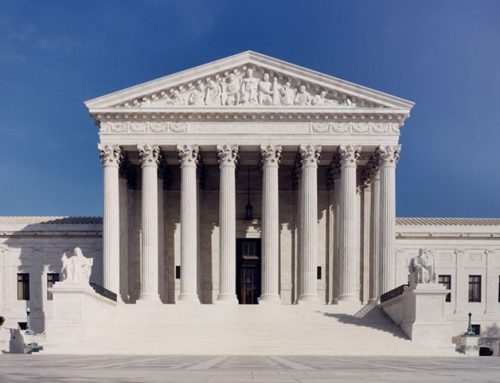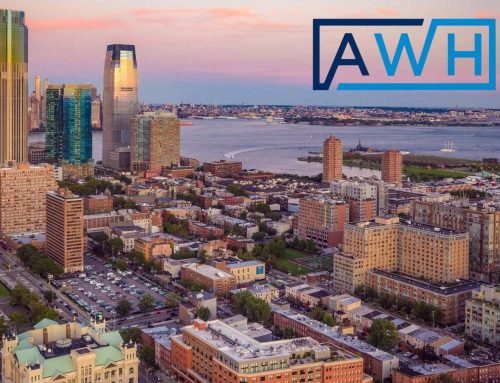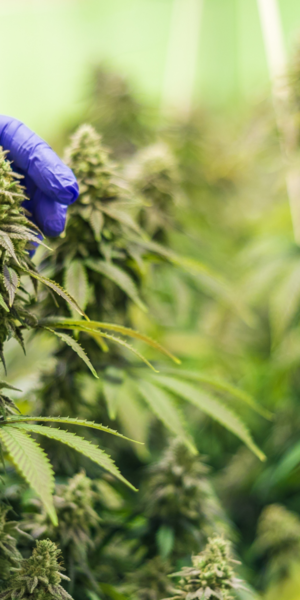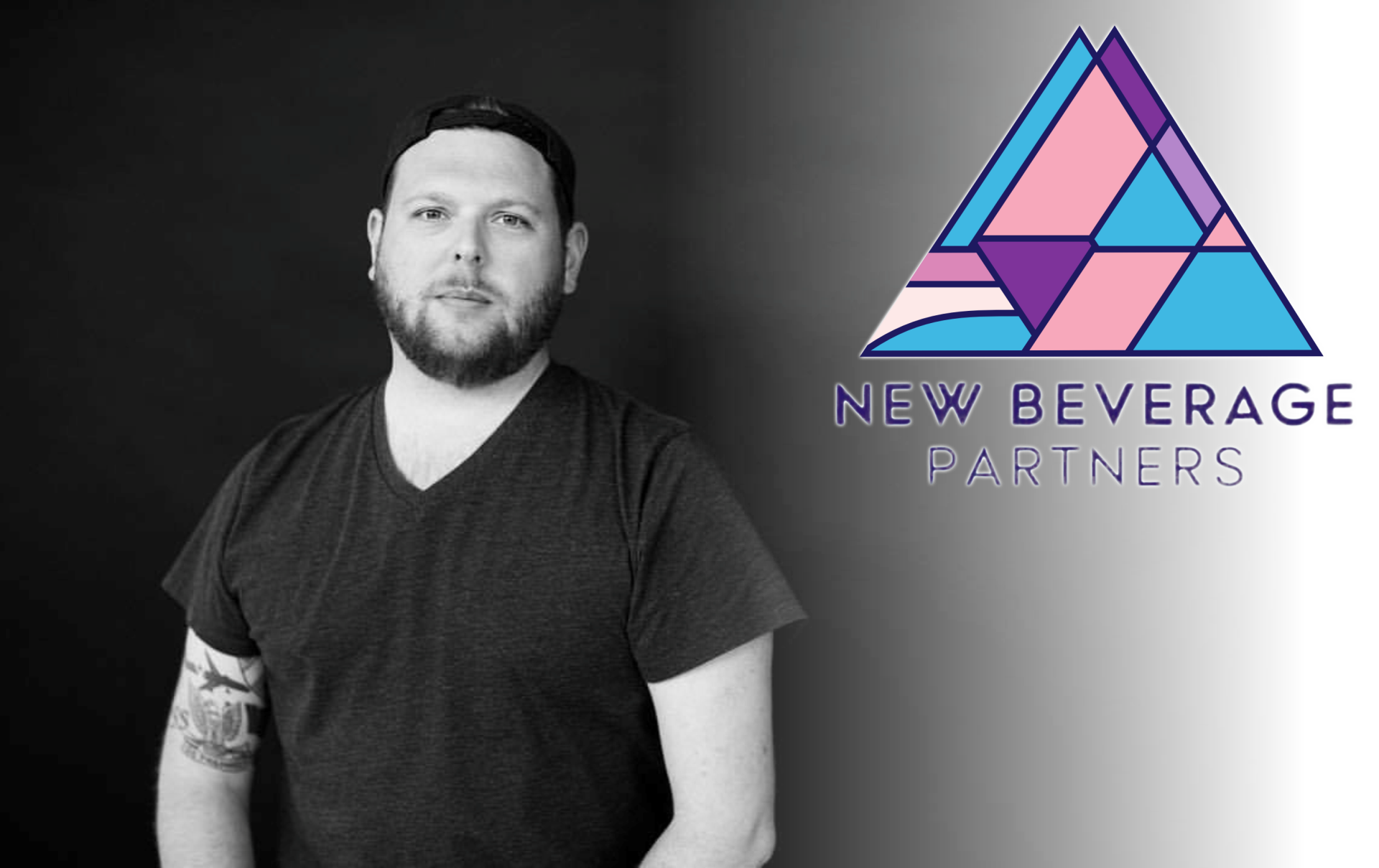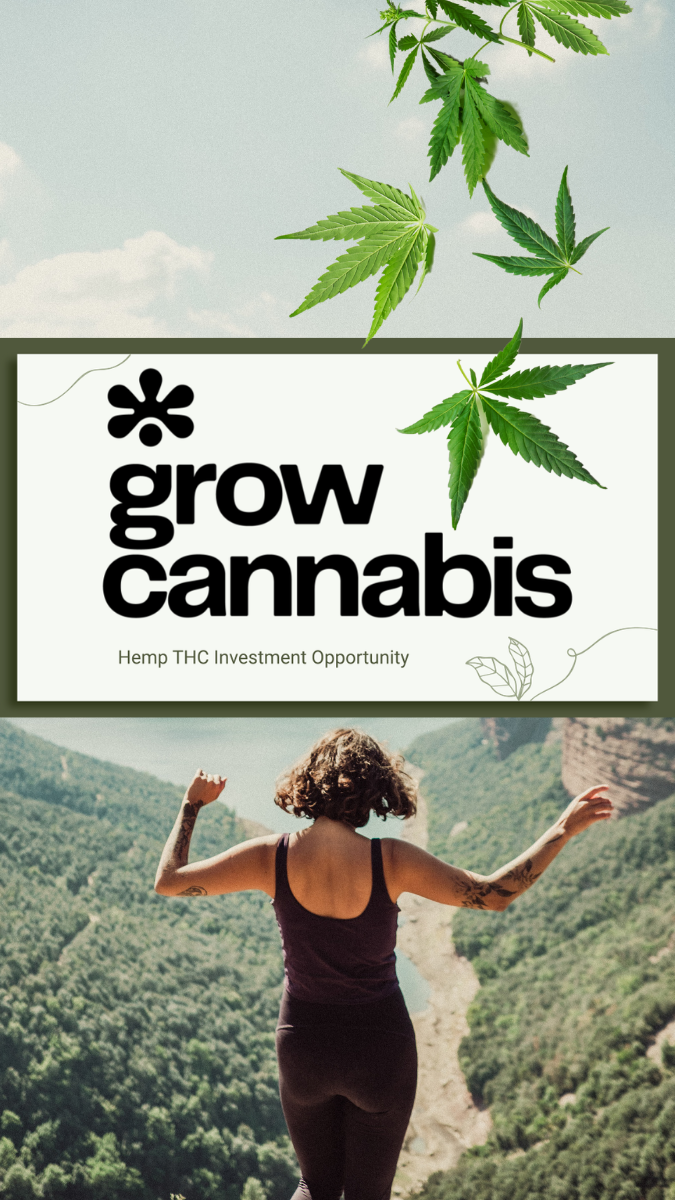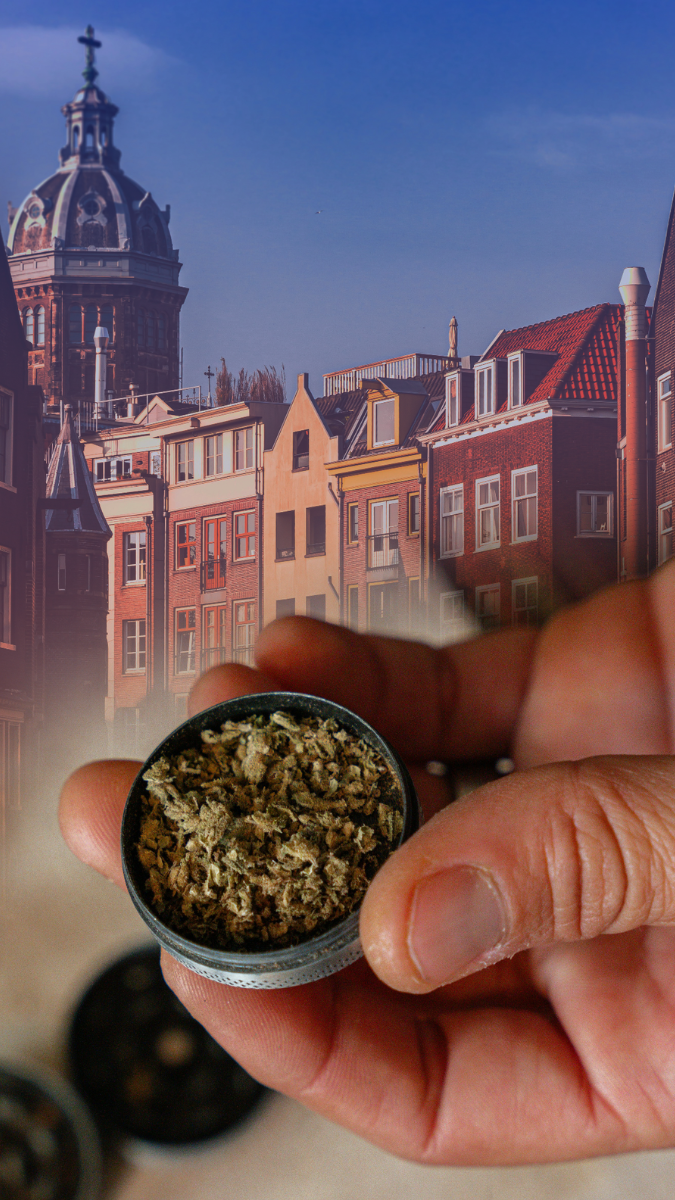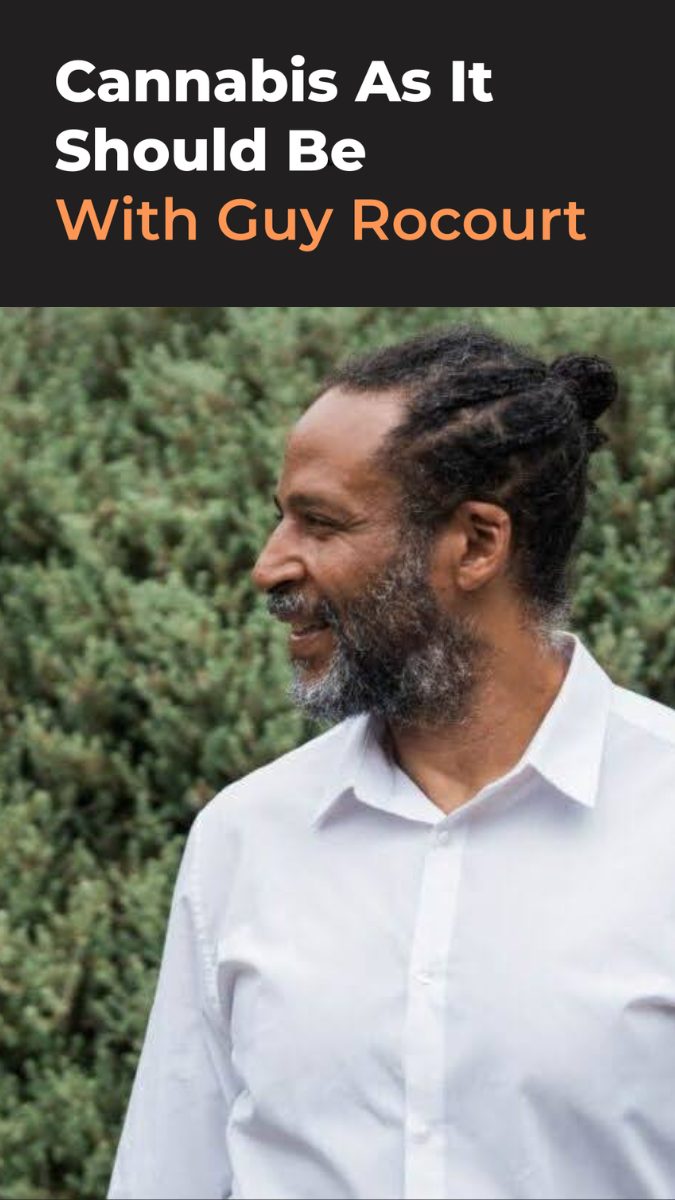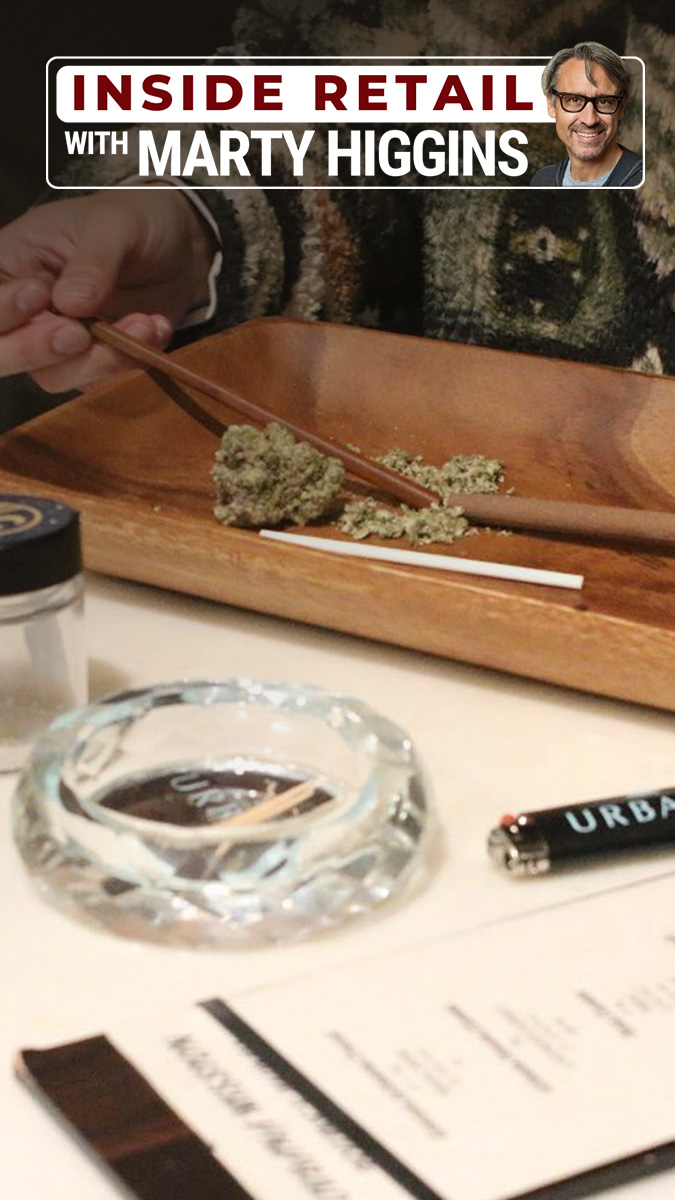Why Bob Hoban Is Defending Steve DeAngelo—And What It Reveals About Cannabis Policy
LOS ANGELES- In cannabis industry discourse, facts can be overshadowed by simplified narratives. One such claim—widely circulated in trade circles—is that Steve DeAngelo, founder of Harborside and a prominent figure in the legalization movement, was responsible for dismantling California’s one-acre cultivation cap by lobbying for license stacking.
Attorney Bob Hoban, a national expert in cannabis law, has stepped forward to publicly refute that claim in this article published by Bob in Forbes. According to Hoban, the assertion not only misinterprets the law but misrepresents how California’s cannabis policy evolved. He argues that the narrative has been perpetuated over the years by a mix of misinformed reporting with certain media companies in cananbis, and agenda-driven commentary, lazy reporting and often lacking a full understanding of the legal and legislative record.
Who Is Bob Hoban?
Bob Hoban is a well-regarded veteran cannabis attorney and policy advisor who has worked on regulatory frameworks in over 30 U.S. states and internationally. As founder of Hoban Law Group, he has represented operators across the cannabis supply chain and served as a consultant to government bodies drafting cannabis regulations. His decision to speak out in this case reflects his broader concern about accuracy in policy discourse—not just reputational defense.
Hoban’s position is that the license stacking framework was shaped long before any 2017 regulatory changes, and that pinning its creation on DeAngelo is inconsistent with the documented history of California’s legal process.
The Legislative Timeline on License Stacking
The ability to hold multiple cultivation licenses—commonly referred to as license stacking—was first permitted under the 2015 Medical Cannabis Regulation and Safety Act (MCRSA). That law allowed licensed operators to cultivate up to four acres and did not prohibit holding multiple licenses. Several local governments—including Humboldt County, Monterey County, and cities like San Jose and Coalinga—built on that legal foundation, permitting larger-scale operations and, in some cases, unlimited license stacking.
In 2016, Proposition 64 legalized adult-use cannabis. As the state began merging medical and adult-use regulations, the California Legislature passed MAUCRSA in 2017, formally eliminating the four-acre limit and enabling multiple licenses on a single parcel.
By the time emergency regulations were issued by the California Department of Food and Agriculture (CDFA) in late 2017, large cultivation sites had already been approved locally and integrated into the state’s evolving compliance system.
What Harborside and FLRish Actually Did
Harborside, under the legal entity FLRish, began cultivation operations only after San Jose required full vertical integration for dispensaries—meaning they had to grow, process, and sell cannabis to operate legally. Harborside’s cultivation plan complied with the four-acre entitlement allowed at the time, and there is no record of lobbying efforts by DeAngelo or his affiliates to remove acreage caps.
FLRish did engage in lobbying in 2017, but those efforts focused on other regulatory concerns. These included opposing a felony exclusion that would have barred individuals with prior cannabis convictions—including DeAngelo—from participating in the legal market, and objecting to a proposed mandatory third-party distribution model that threatened to sever Harborside’s existing relationships with hundreds of small cannabis farmers.
Why It Still Matters
Hoban argues that misinformation—especially when repeated uncritically—can erode confidence in policy processes and unfairly target legacy advocates who helped build the industry. The idea that DeAngelo orchestrated a backdoor expansion of cultivation rights has become a talking point among critics of corporate consolidation. But according to Hoban, that critique overlooks a far more complex policy environment involving dozens of agencies, jurisdictions, and stakeholder groups.
The one-acre cap myth, he says, is a distraction from more pressing issues: federal reform, market equity, and sustainable regulation.
Reframing the Narrative
Steve DeAngelo did not remove California’s cultivation cap. The framework for license stacking was shaped through years of public legislation and regulatory development. His actions—operating within local compliance requirements, advocating for inclusion of formerly criminalized individuals, and supporting small-scale growers—are consistent with his long-time advocacy for a more equitable cannabis market.
Bob Hoban’s defense of DeAngelo is not a personal endorsement. It is a call to uphold accuracy in how cannabis policy is discussed, especially as the industry approaches federal-level change.
In a sector where rules are often complex and public perception is easily swayed, separating fact from fiction remains essential—for accountability, for clarity, and for the future of the cannabis economy.
Main Image: Left Steve DeAngelo, Right: Robert ”Bob” Hoban











